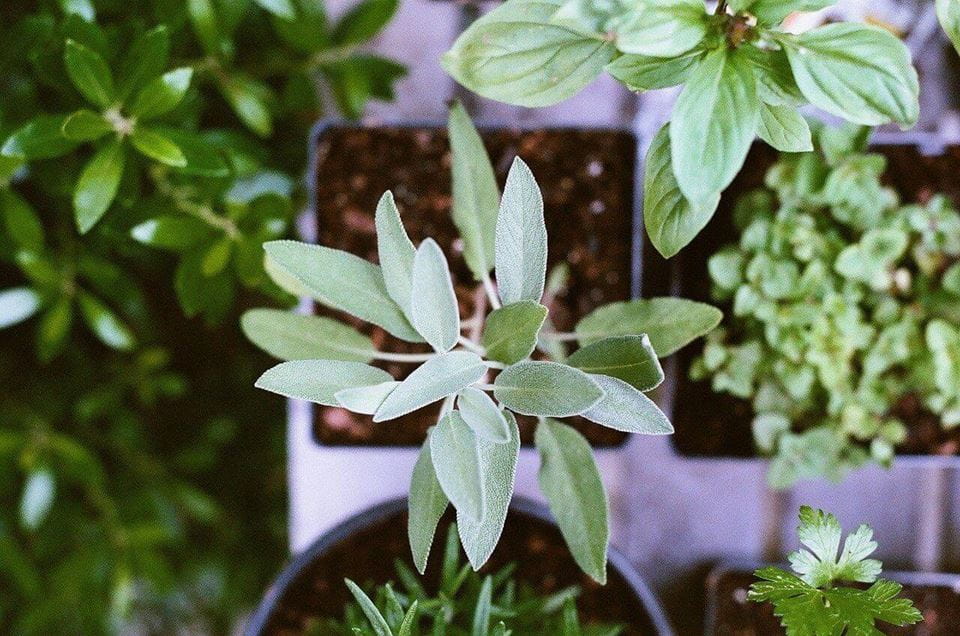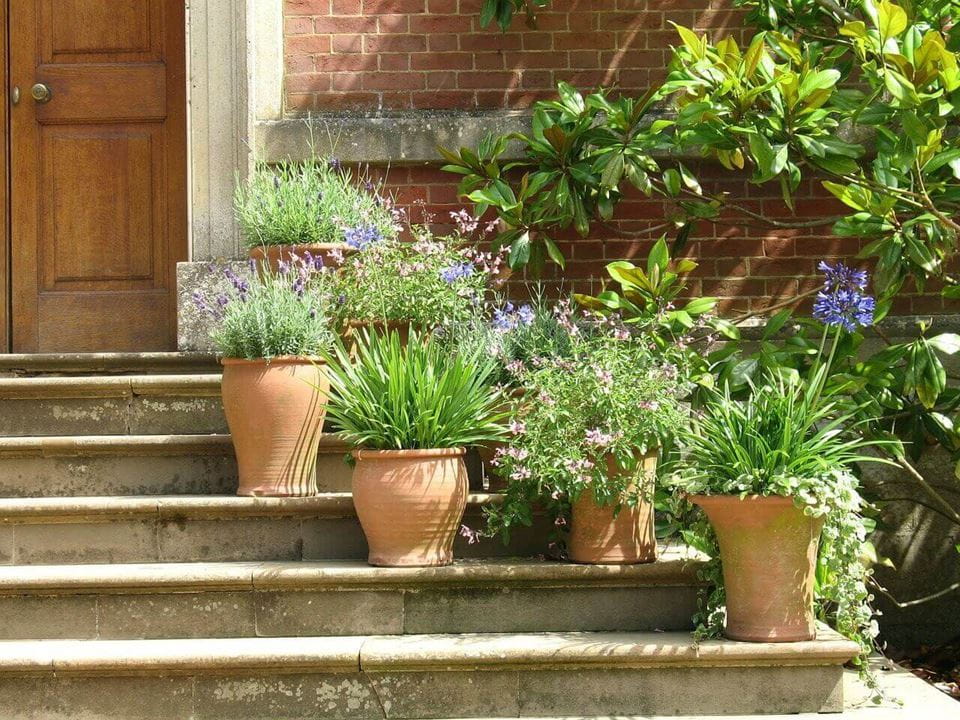19/11/2016 12:00 AM
Moving house is an undeniably exciting process, but not without its stresses. Saying goodbye to your home is hard enough, but leaving behind a garden that you've cared for and nurtured can be one of the most difficult aspects of moving to a new home.
The question is do you really need to say your goodbyes to a garden you’ve spent years looking after? In today’s post, Edinburgh-based domestic removals company Removal Services Scotland is bringing you a guide to taking your garden with you when you move. So, whether you're particularly green fingered or you're just not willing to say goodbye to your beloved summer house, you're about to find out how you can move your plot to pastures new.

Planning Ahead
It's all too easy to become attached to the beautiful plant life in your garden - but moving greenery during the wrong conditions can actually do more harm than good. To ensure your move goes smoothly, it's vital that you consider the seasons, as well as the soil and the size of your new patch. If possible consider making the move between October and February and always check the soil type to ensure that your greenery will be able to withstand the new conditions.
Whether you're moving your shrubbery to a new garden or nearby allotment, there'll be some legal matters to consider before you start digging anything up. Sheds, summer houses and garden plants are classed within the fixtures and fittings list that you give to your buyer - so avoid legal complications by clarifying what you'll be taking with you before you move.
As they're living organisms, plants wont be covered by any insurance policy - so bear this in mind during the move. When it comes to transplanting your garden to a new plot, you'll have a few methods to choose from:
Digging and Transplanting
Periwinkles and other clump-forming shrubs can be dug up and cut into different rooted sections, while you can slice the shoots (including the root) off lilacs and other sucker-growing plants. Once you'e cut off a couple of sections off, replant the main plant and pot up the roots.
Plants such as Hellebores and Foxgloves will drop seeds that grow into young plants. Quickly dig up these young plants for potting, and leave the more established plant to thrive in the garden. Larger trees and plants will often be difficult to move but, should you need to, you can ensure that it's kept alive by digging it up with a large amount of soil.
Splitting
This process is recommended for flowers that form clumps and grow bulbs, such as Snowdrops and Bluebells. For best results, split the clumps during autumn or springtime. Dig the entire plant up, pull off a handful of bulbs and place in a pot with soil. After that, return the existing plant to the ground.
For perennials, such as Dahlias and Lavender, split the plant by slicing off its shoots and a piece of root from the edge of the main plant. Pot up immediately and nurture as you wait to make the big move.
Taking Cuttings
Often considered to be one of the easiest methods, taking cuttings is recommended for anyone looking to move their favourite greenery without disturbing the existing garden. Ideally, take cuttings 7cm-10cm in length. Prune several healthy shoots and cut immediately underneath leaf joints. Remove the tip and all leaves except for the top pair. For best results, dip the end in hormone rooting powder prior to placing the cutting in a pot of cutting compost.

Moving your beloved garden isn't always as simple as digging up the roots. As well as considering the legal implications of packing up your greenery, you'll also need to take proper care of the plants during the moving process to help them thrive in their new habitat. By carefully planning for the move, though, you'll be able to transform your new garden into a haven of horticulture in no time.
Graham Byers is manager of Removal Services Scotland, which specialises in home, business, international and domestic removals.
Top